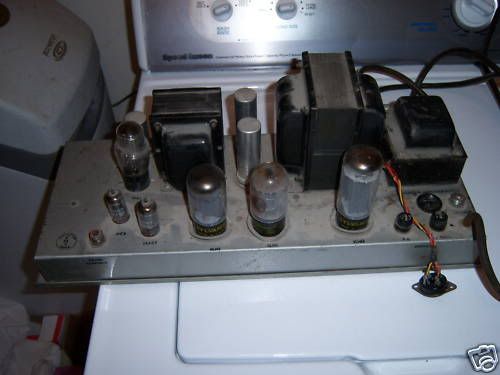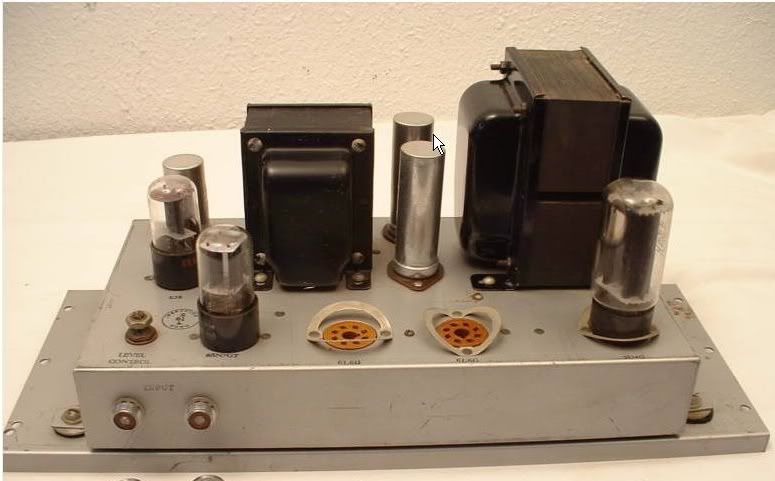Well, then I refer back to my original post:
I don't usually quote myself, or refer to RWood in the third person, but I am a big proponent of empirical evidence.
Originally posted by RWood
View Post
 [/IMG]
[/IMG] [/IMG]
[/IMG] [/IMG]
[/IMG]


Comment